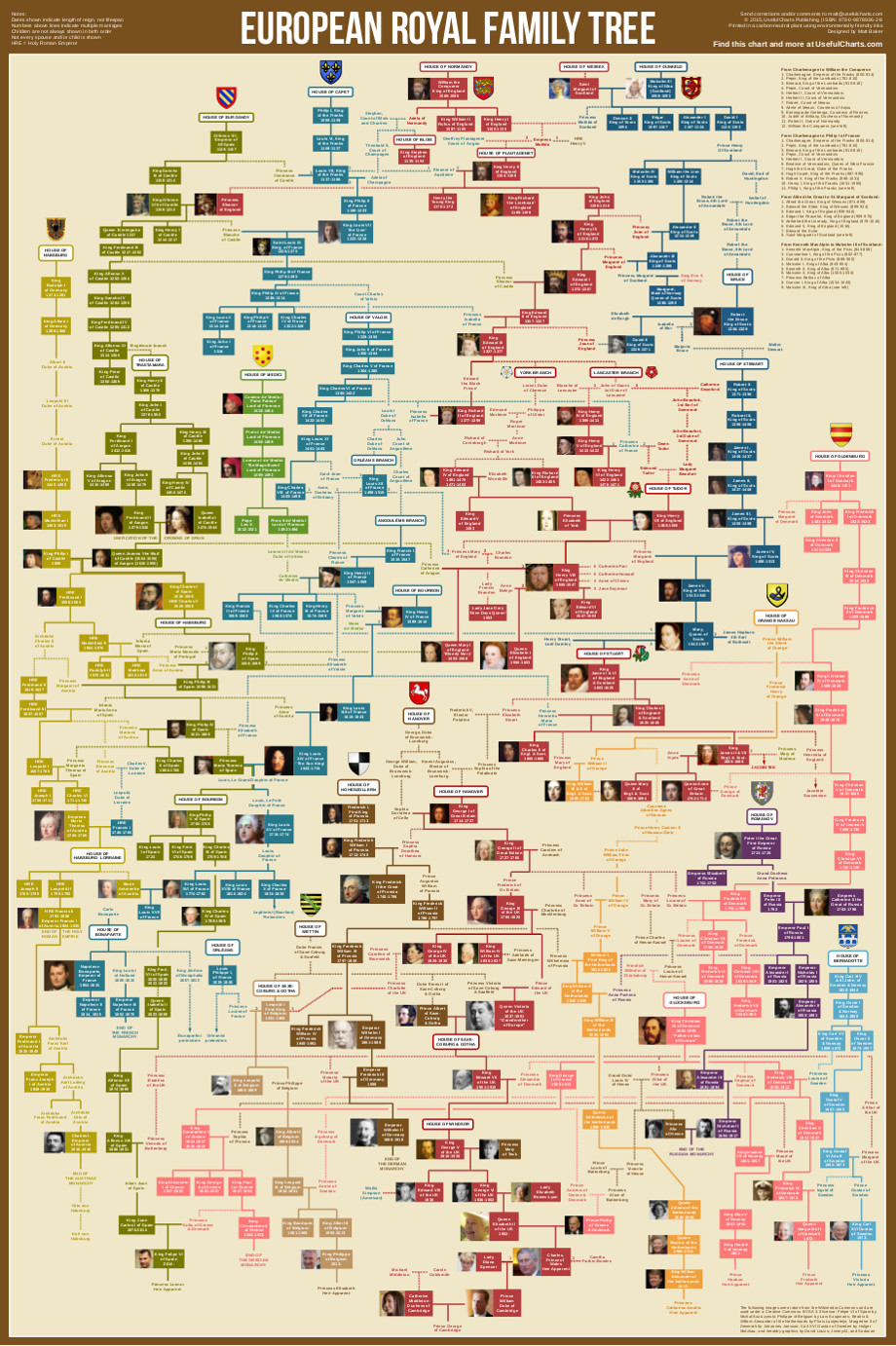The British Royal Family Tree holds a profound significance in history and modern society, symbolizing the continuity of monarchy in the United Kingdom. This intricate web of connections not only showcases the lineage of British royalty but also reflects the changing dynamics of power, culture, and governance through the centuries. In this article, we will delve deep into the British Royal Family Tree, exploring its origins, key figures, and the impact it has on contemporary Britain.
The British monarchy has a rich history that dates back over a thousand years, with roots tracing back to the Anglo-Saxon period. Understanding the family tree is crucial to grasping the complexities of royal duties, succession, and the roles played by various members of the family. Today, the royal family is not just a symbol of tradition and heritage; it also plays a vital role in charitable work, public engagements, and promoting national unity.
In this comprehensive guide, we will break down the British Royal Family Tree into manageable sections, providing insights into the various branches and notable members. Whether you are a history enthusiast or simply curious about the royal family, this article will serve as a valuable resource.
Table of Contents
- 1. A Brief History of the British Monarchy
- 2. The Current British Royal Family
- 3. Key Members of the Royal Family
- 4. Understanding Royal Lineage and Succession
- 5. The Role of the Monarchy in Modern Society
- 6. Biography of Queen Elizabeth II
- 7. The British Royal Family Tree
- 8. Conclusion
1. A Brief History of the British Monarchy
The story of the British monarchy begins with the early kings of England, such as Alfred the Great and Edward the Confessor. The Norman Conquest in 1066 marked a significant turning point, establishing a new royal lineage under William the Conqueror. Over the centuries, the monarchy evolved through various dynasties, including the Plantagenets, Tudors, and Stuarts, each contributing to the rich tapestry of British history.
Significant events like the signing of the Magna Carta in 1215 and the English Civil War in the 17th century profoundly influenced the power dynamics between the crown and Parliament. The Glorious Revolution of 1688 ultimately established parliamentary sovereignty, shaping the constitutional monarchy we recognize today.
2. The Current British Royal Family
As of 2023, the British Royal Family is headed by King Charles III, following the passing of Queen Elizabeth II in 2022. The family is a mix of traditional roles and modern influences, with members actively engaging in public life. The current members include:
- King Charles III
- Queen Consort Camilla
- Prince William, Duke of Cambridge
- Kate Middleton, Duchess of Cambridge
- Prince Harry, Duke of Sussex
3. Key Members of the Royal Family
3.1 King Charles III
King Charles III ascended the throne in 2022 and has dedicated his reign to environmental issues, social justice, and community service. His commitment to charitable causes has been a hallmark of his public life.
3.2 Prince William and Kate Middleton
Prince William and Catherine, Duchess of Cambridge, are pivotal figures in the royal family. They have taken on numerous charitable initiatives and are seen as modernizing influences within the monarchy.
3.3 Prince Harry and Meghan Markle
Prince Harry and Meghan Markle, Duke and Duchess of Sussex, have taken a different path, stepping back from royal duties to focus on personal projects and philanthropic endeavors.
4. Understanding Royal Lineage and Succession
The British Royal Family Tree is a testament to the historical complexities of lineage. Succession laws have evolved, with significant changes made in recent years to ensure gender equality in the line of succession. The current line follows the Act of Settlement 1701 and the Succession to the Crown Act 2013.
5. The Role of the Monarchy in Modern Society
The monarchy plays a symbolic role in British society, representing continuity and national identity. Royal family members engage in numerous public duties, including supporting charities, attending state functions, and promoting British culture. The monarchy also serves as a unifying force, particularly during times of national celebration or crisis.
6. Biography of Queen Elizabeth II
| Full Name | Elizabeth Alexandra Mary Windsor |
|---|---|
| Date of Birth | April 21, 1926 |
| Date of Death | September 8, 2022 |
| Reign | February 6, 1952 - September 8, 2022 |
| Spouse | Prince Philip, Duke of Edinburgh |
| Children | Charles, Anne, Andrew, Edward |
Queen Elizabeth II was a remarkable figure who led the monarchy through periods of significant change and modernization. Her reign was marked by a dedication to public service and a commitment to her role as a constitutional monarch.
7. The British Royal Family Tree
The British Royal Family Tree is extensive, with numerous branches reflecting the interconnectedness of European royalty. Below is a simplified version of the family tree:
- Queen Elizabeth II
- Charles, King of the United Kingdom
- William, Duke of Cambridge
- George, Charlotte, Louis
- Harry, Duke of Sussex
- William, Duke of Cambridge
- Anne, Princess Royal
- Andrew, Duke of York
- Edward, Earl of Wessex
- Charles, King of the United Kingdom
8. Conclusion
Exploring the British Royal Family Tree provides invaluable insights into the history, culture, and evolving role of the monarchy in the United Kingdom. The lineage of the royal family reflects centuries of tradition and change, intertwining with the broader narrative of British history. We invite you to share your thoughts in the comments below and explore more articles about the royal family and British history.
As we continue to follow the developments within the British monarchy, it remains an enduring symbol of national identity, continuity, and resilience. Thank you for reading, and we hope to see you again soon!




